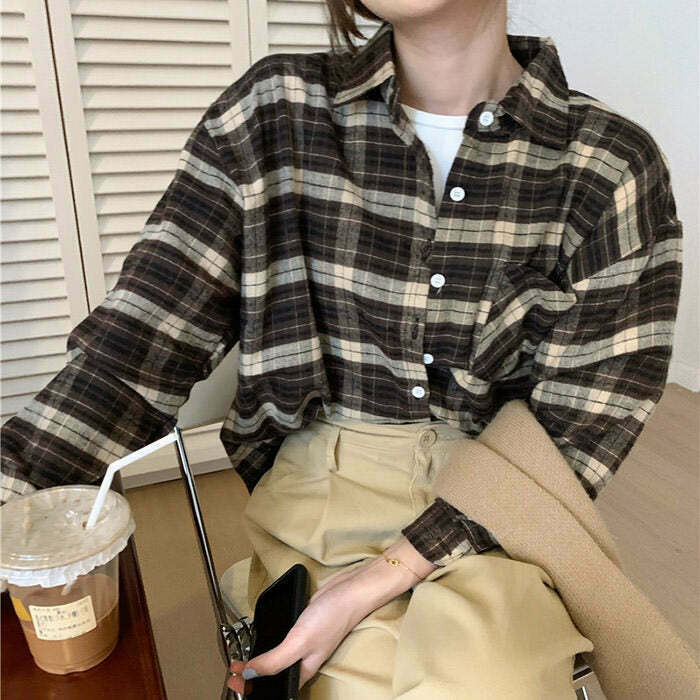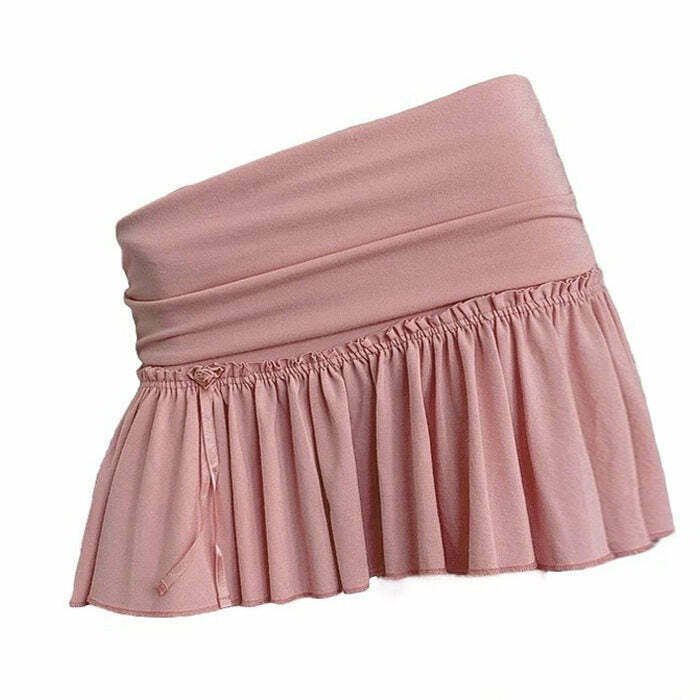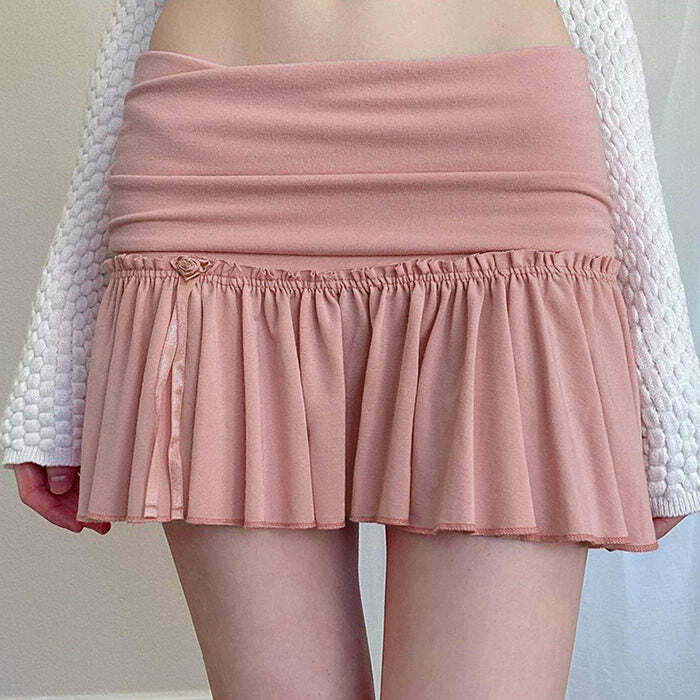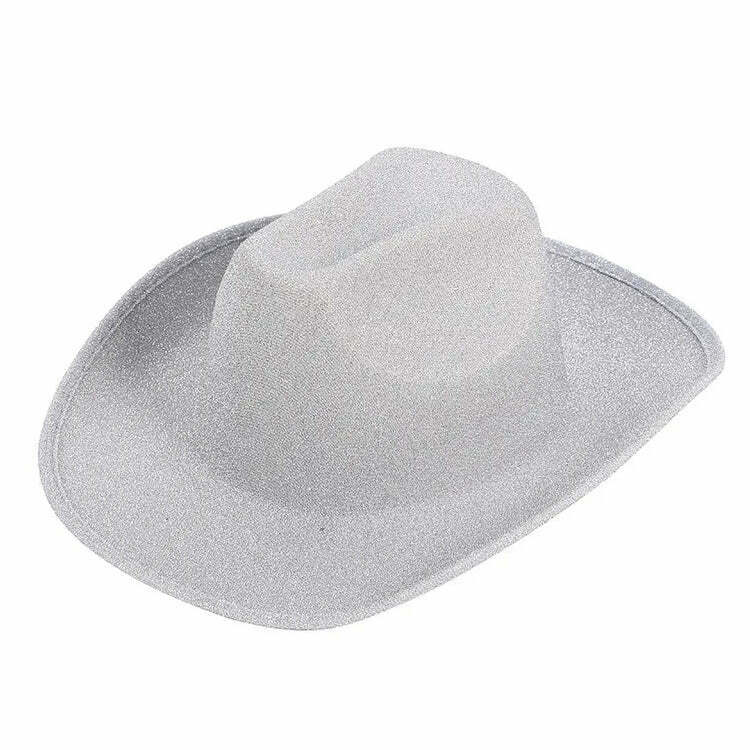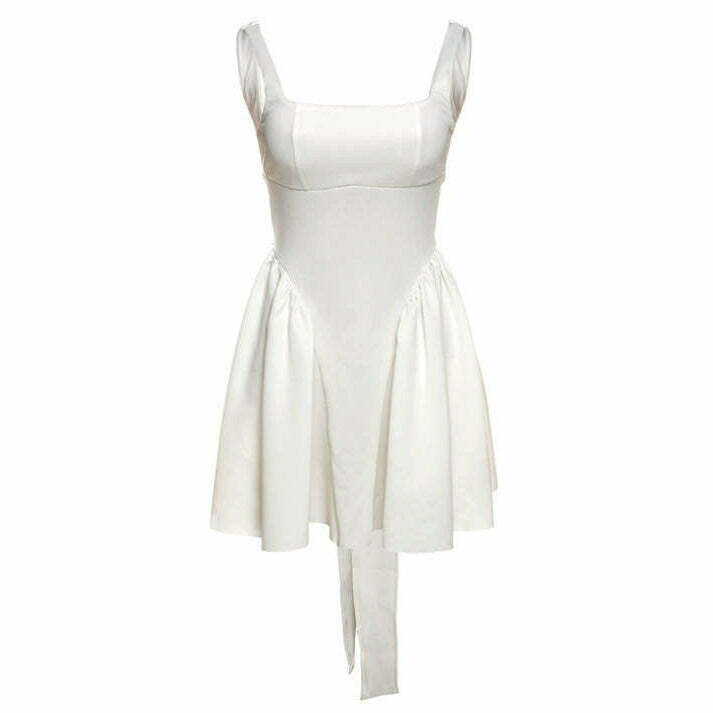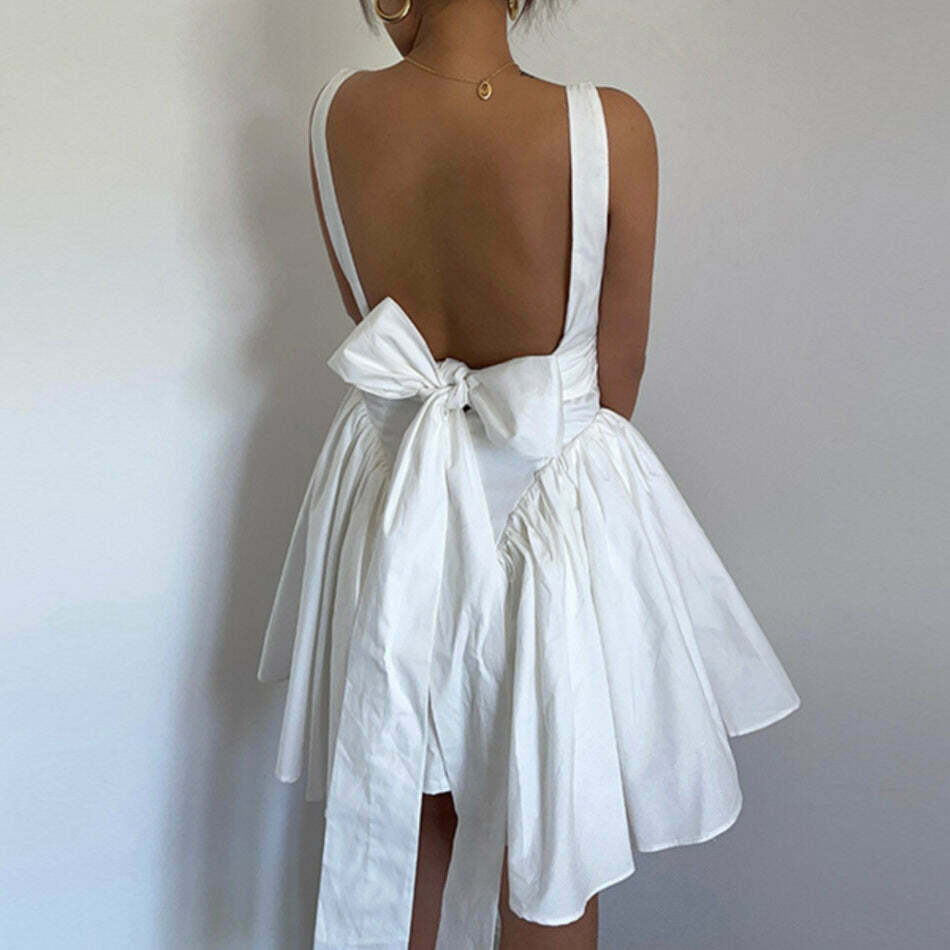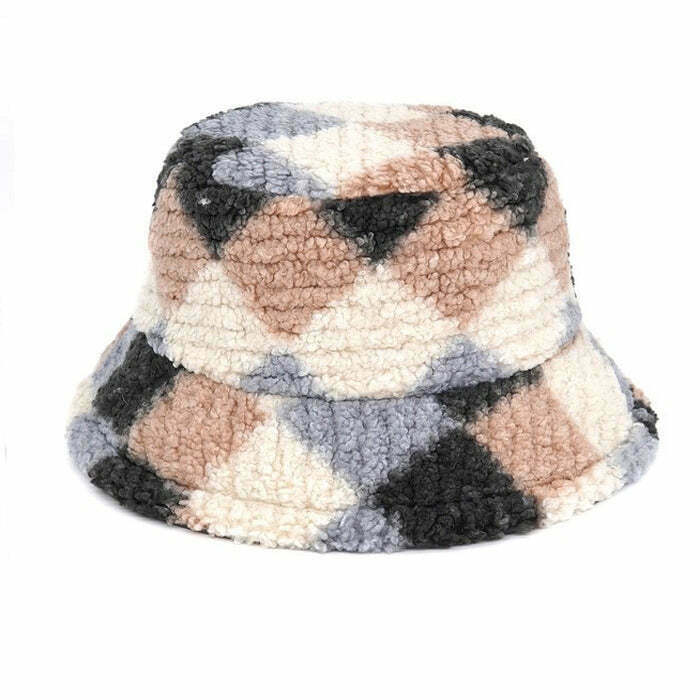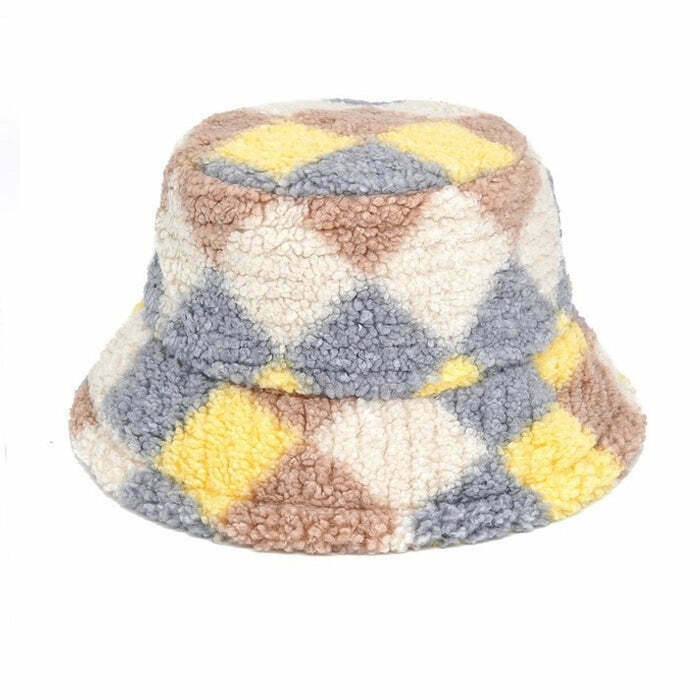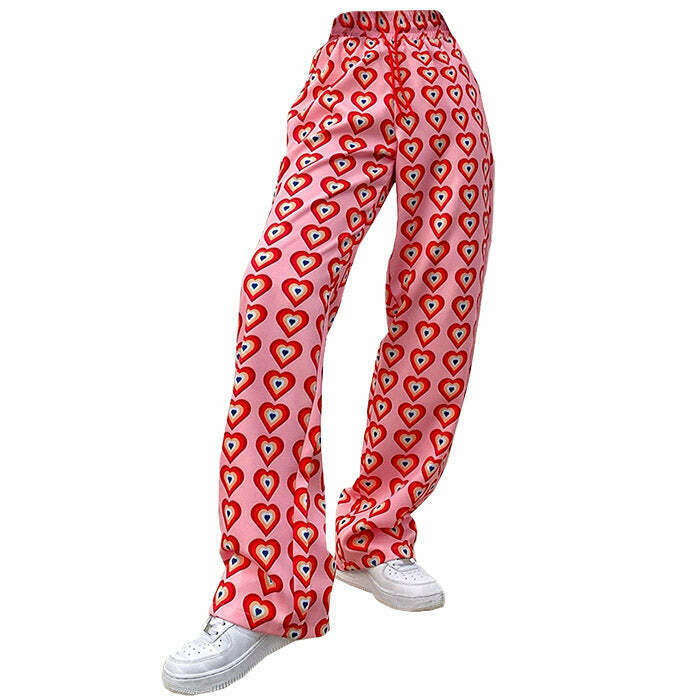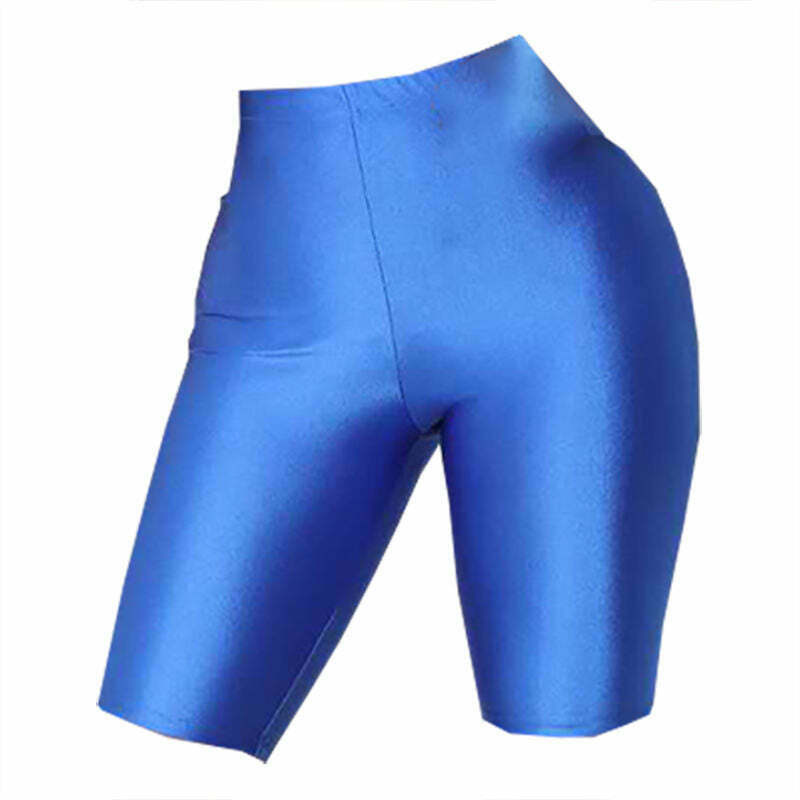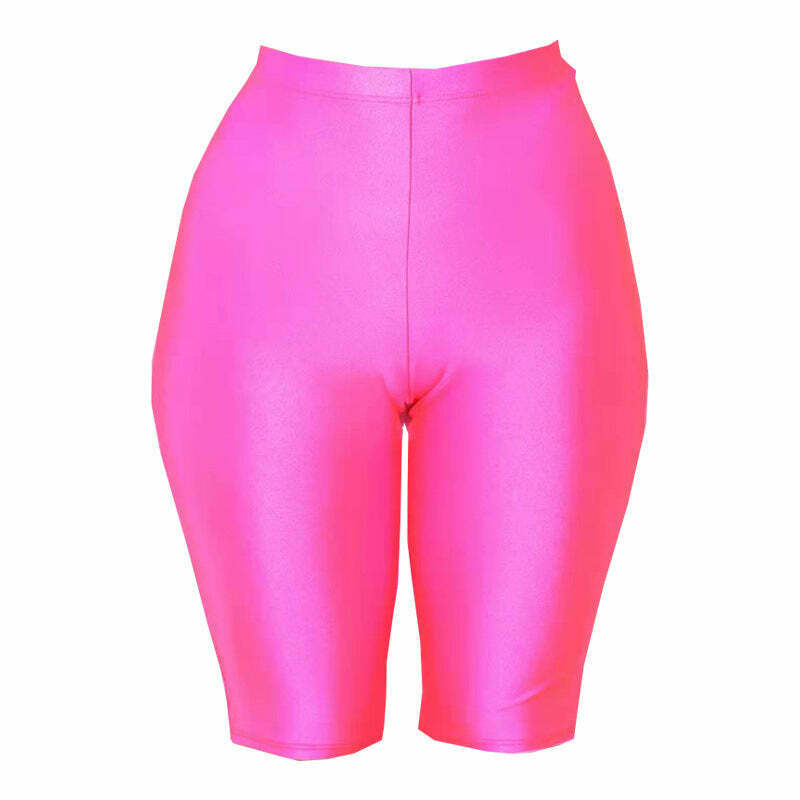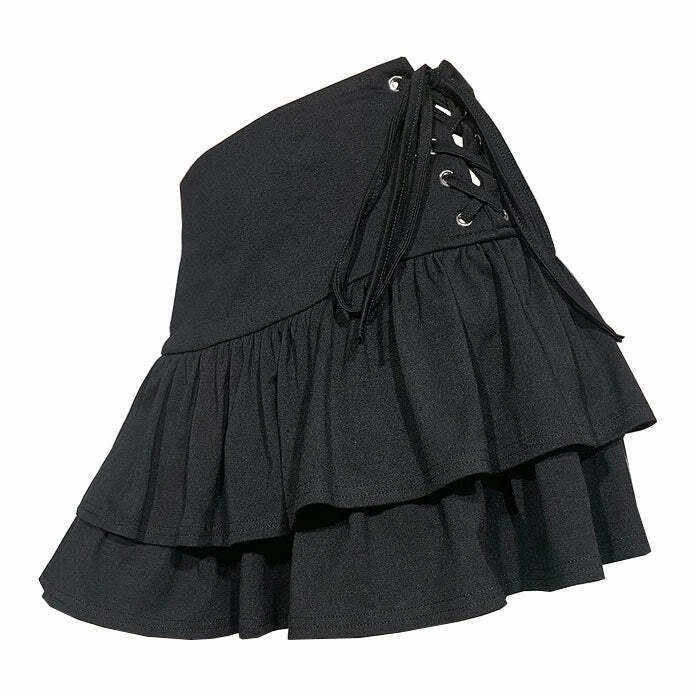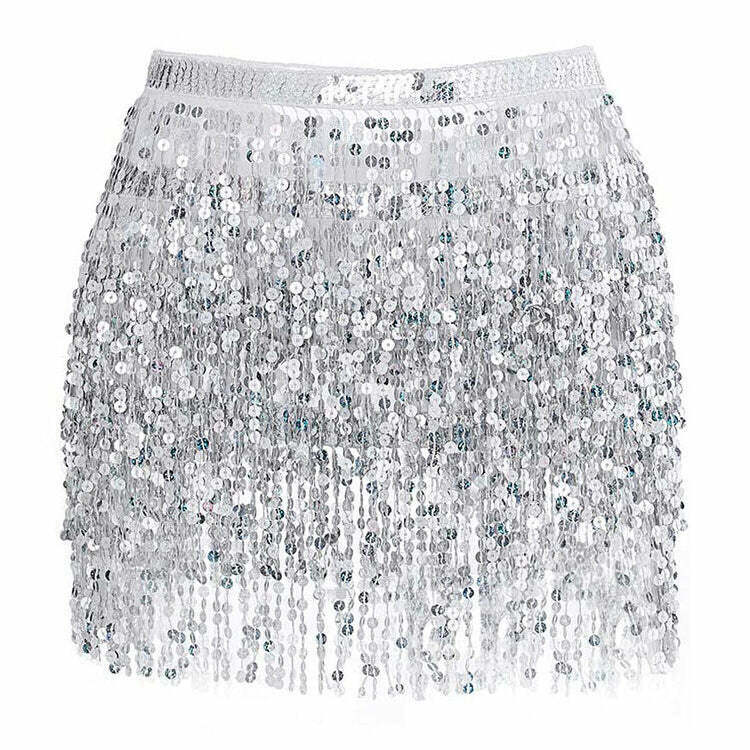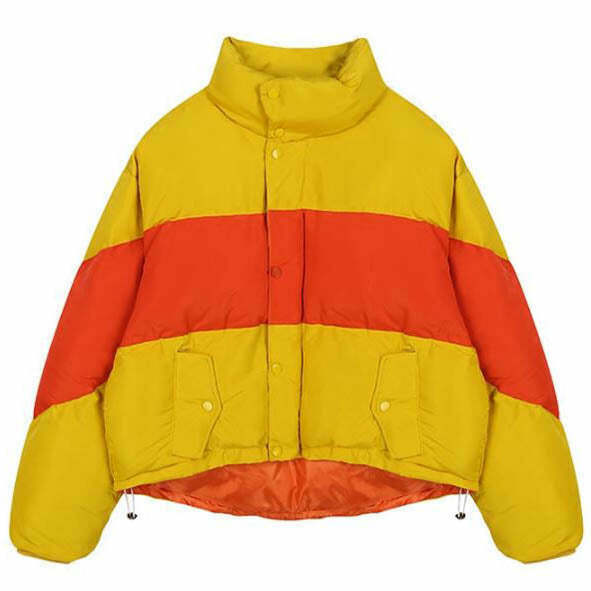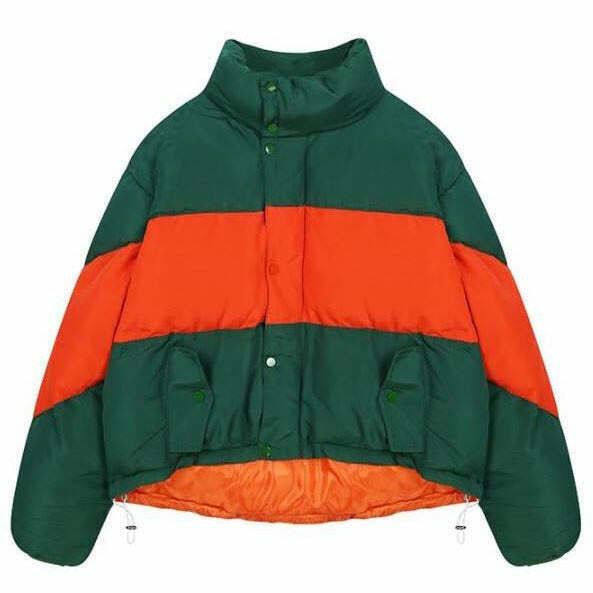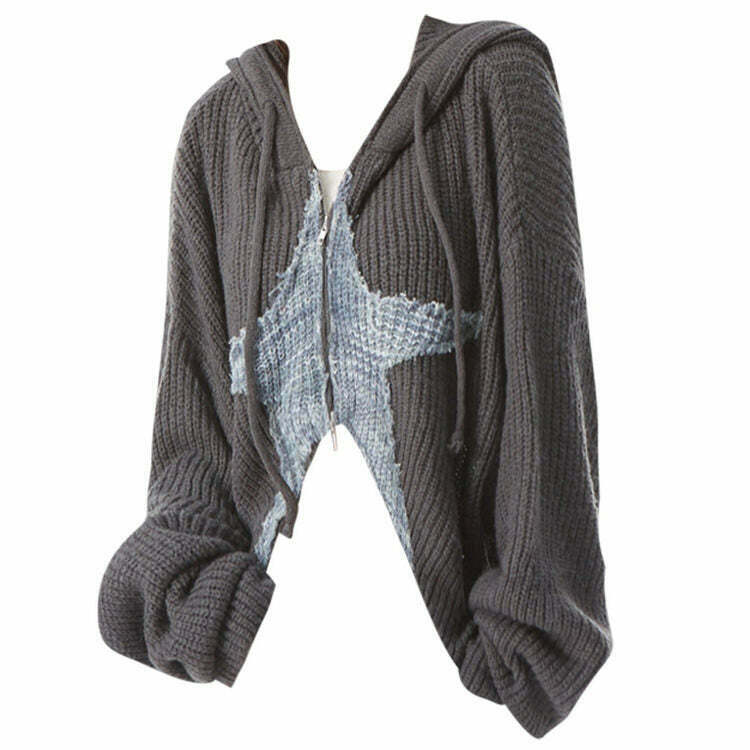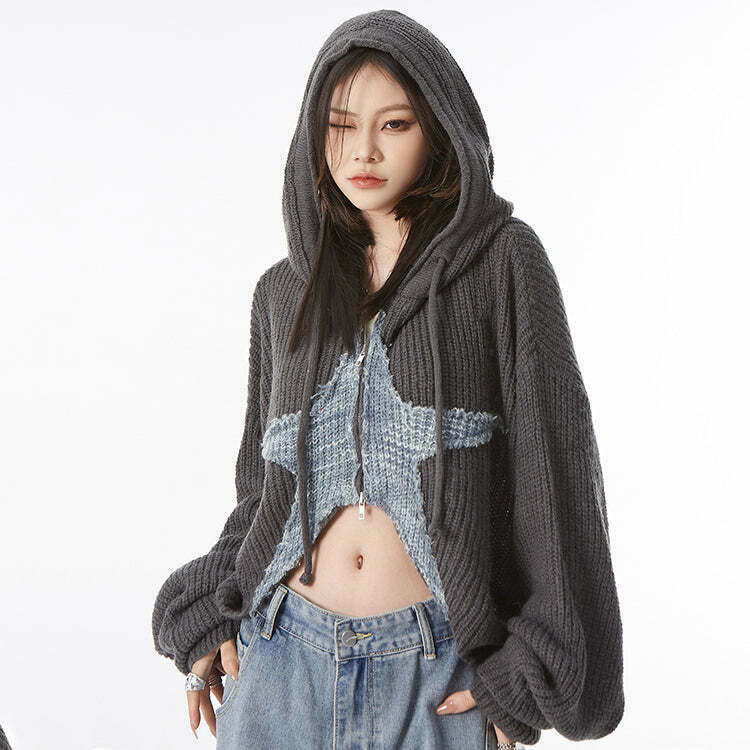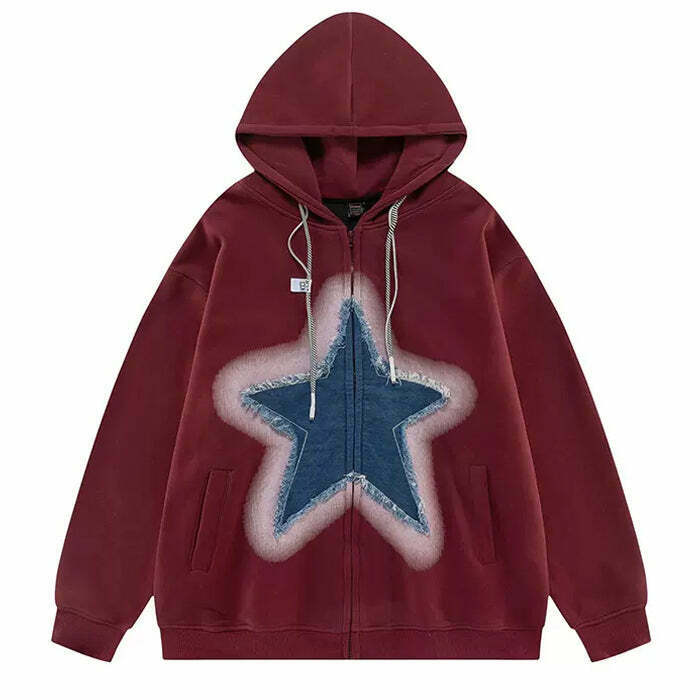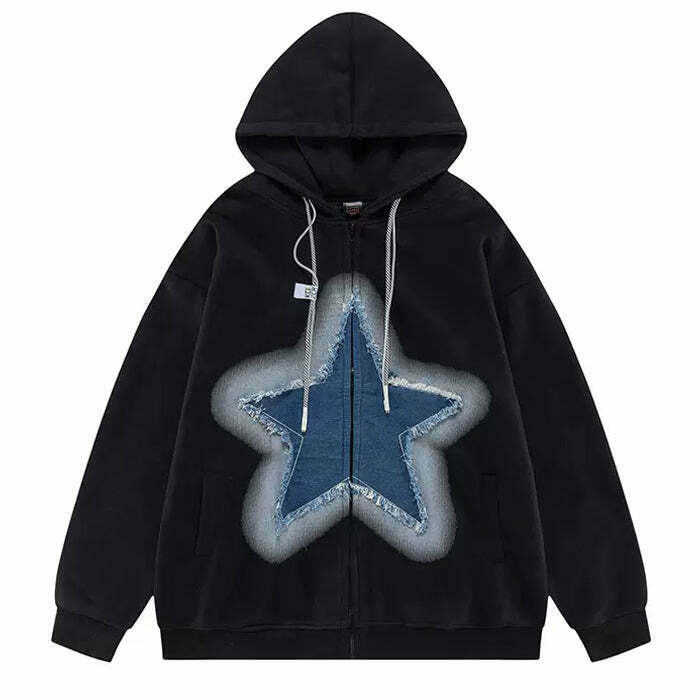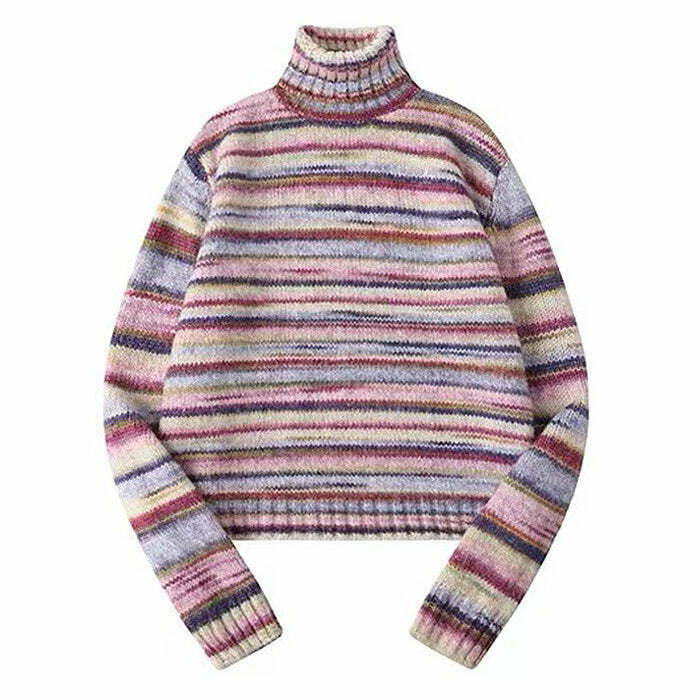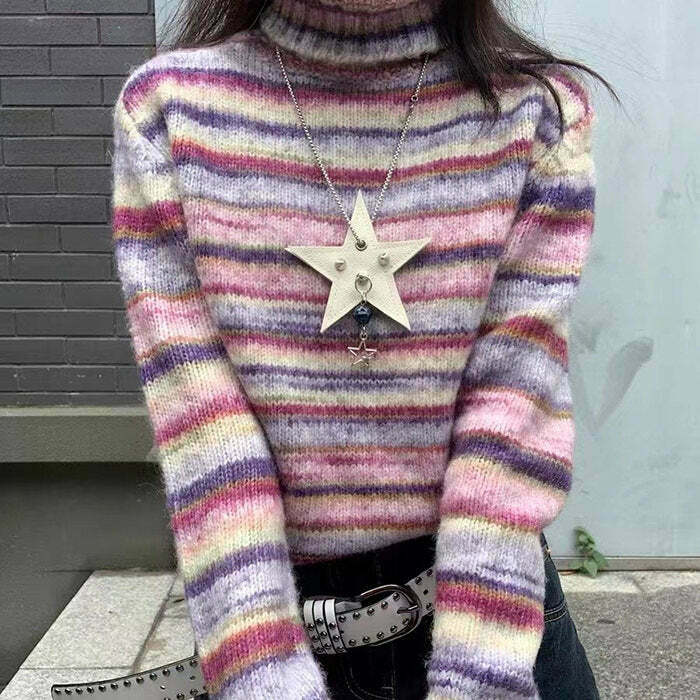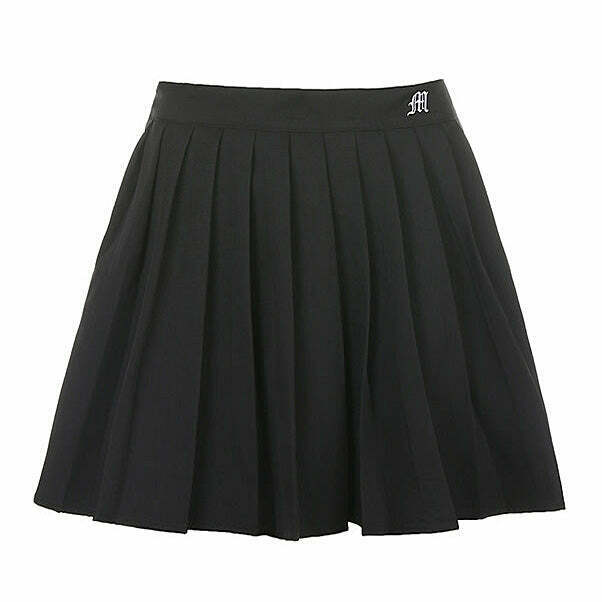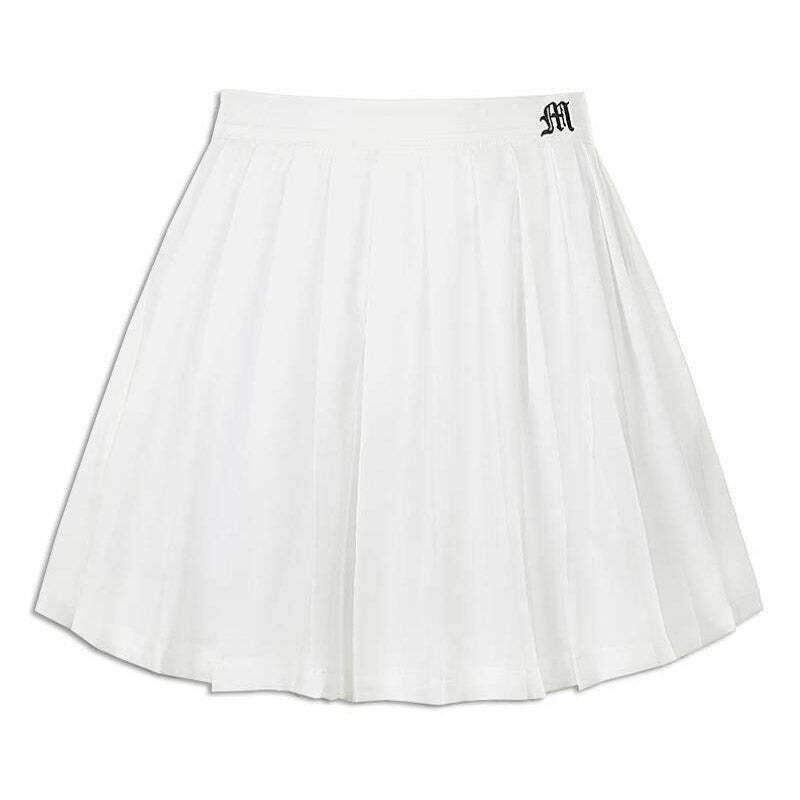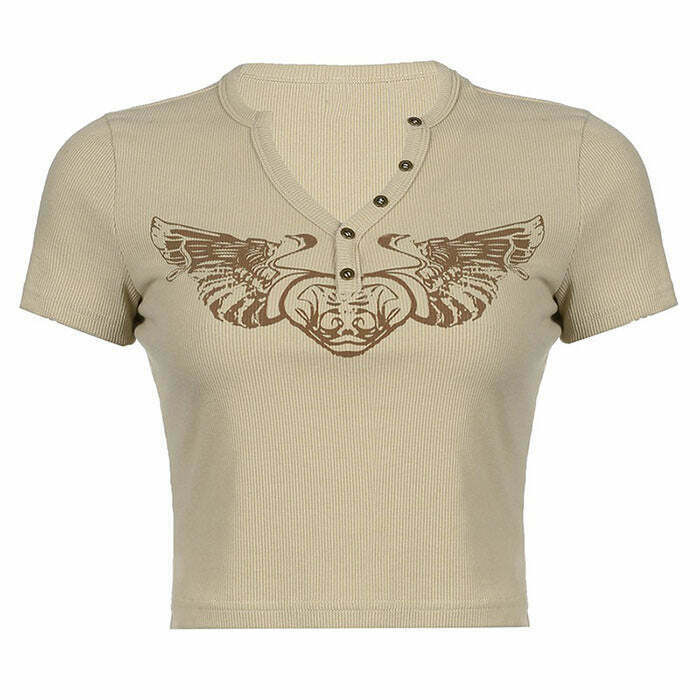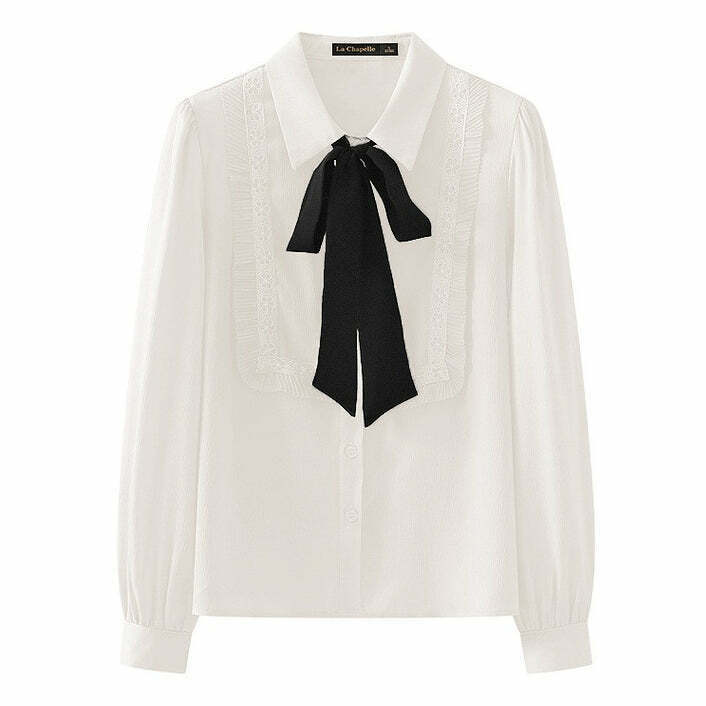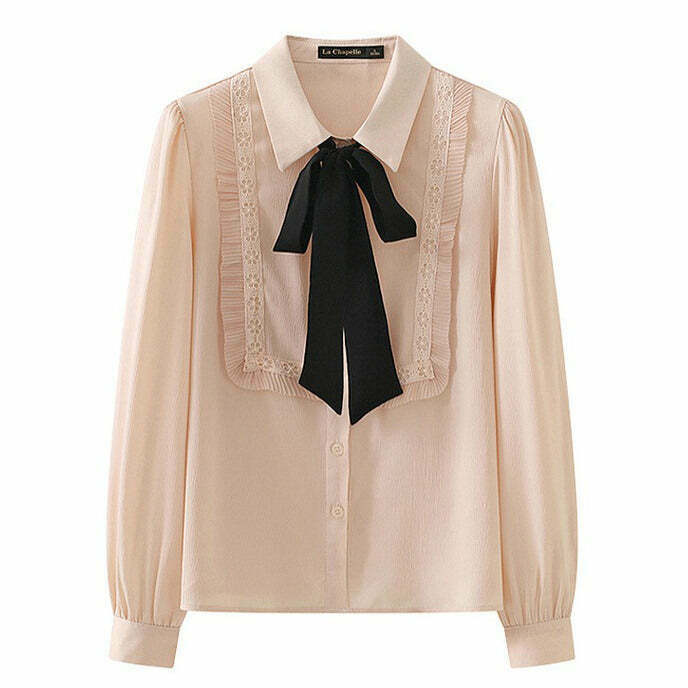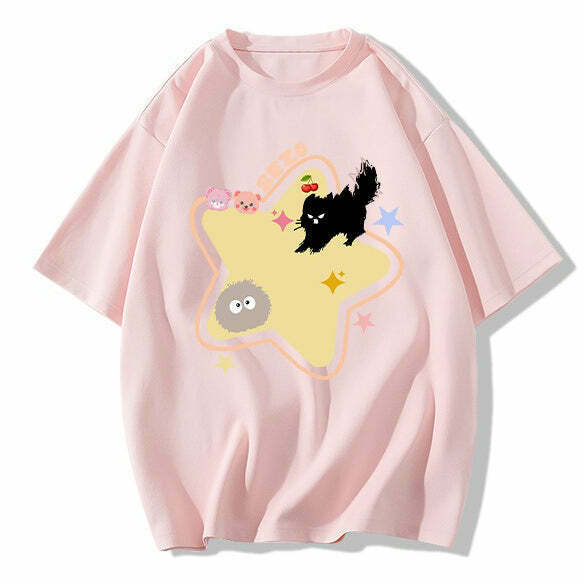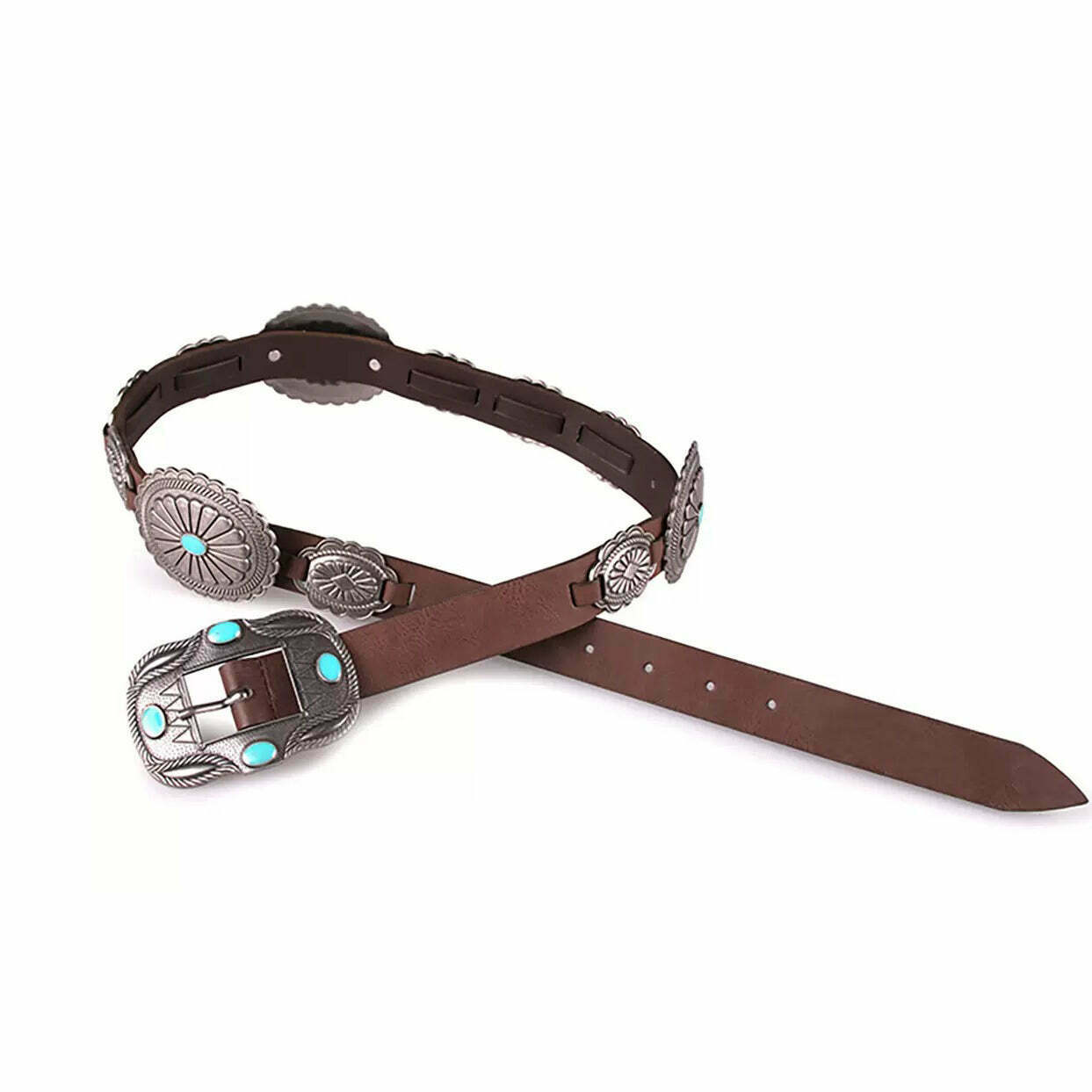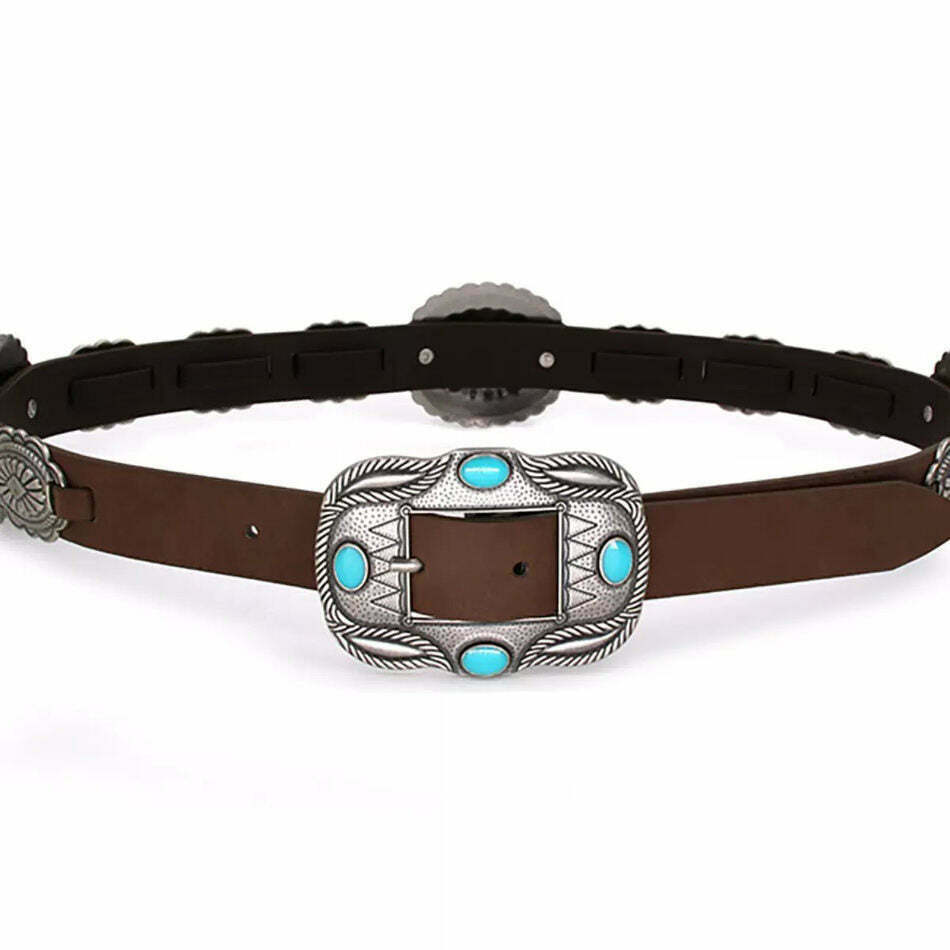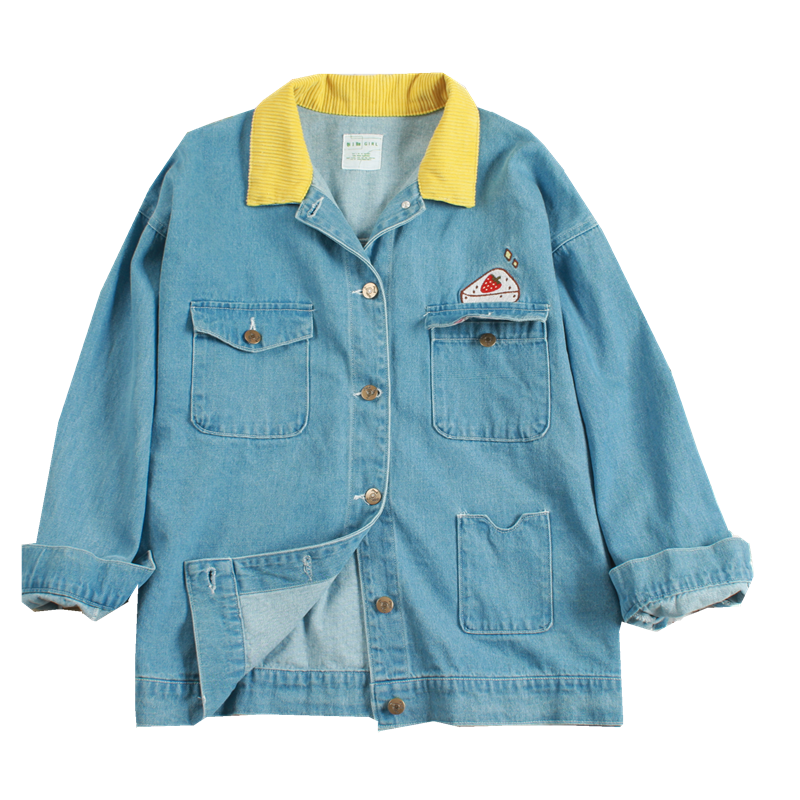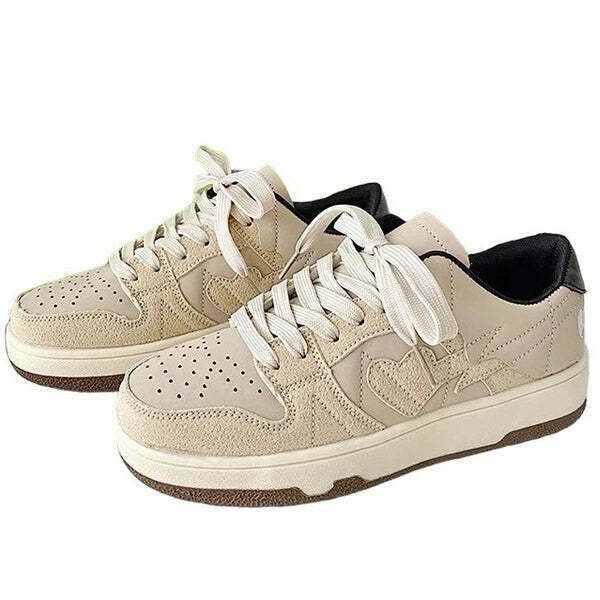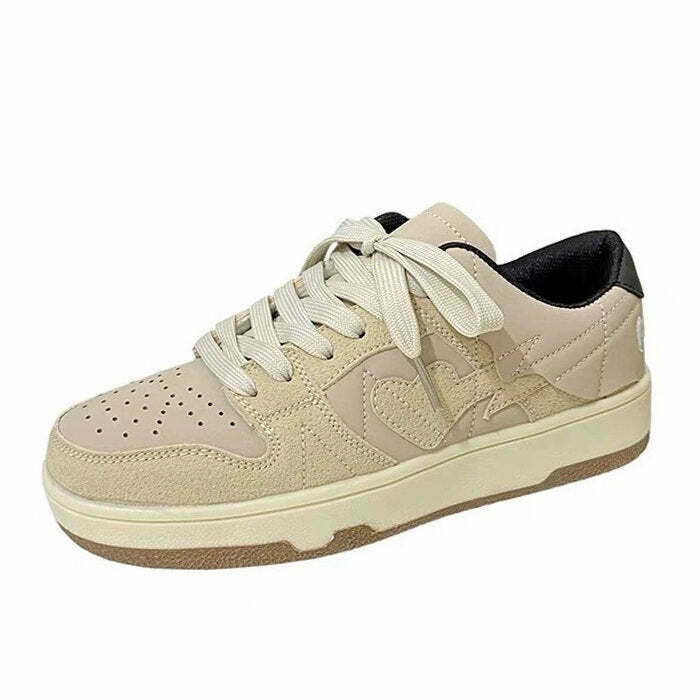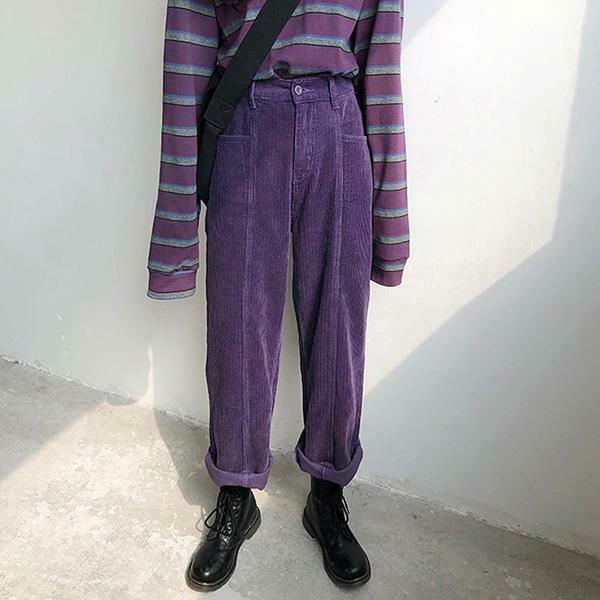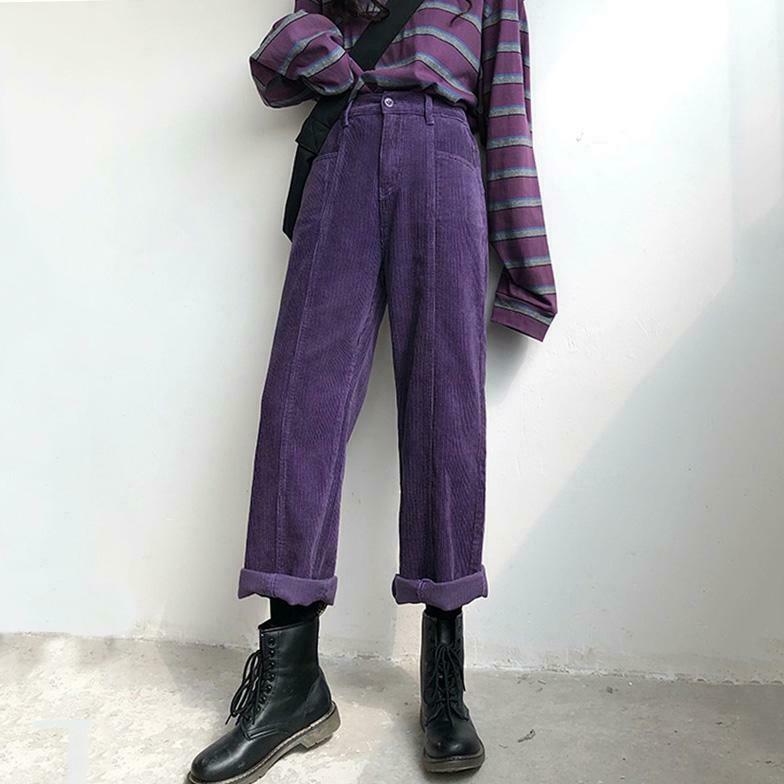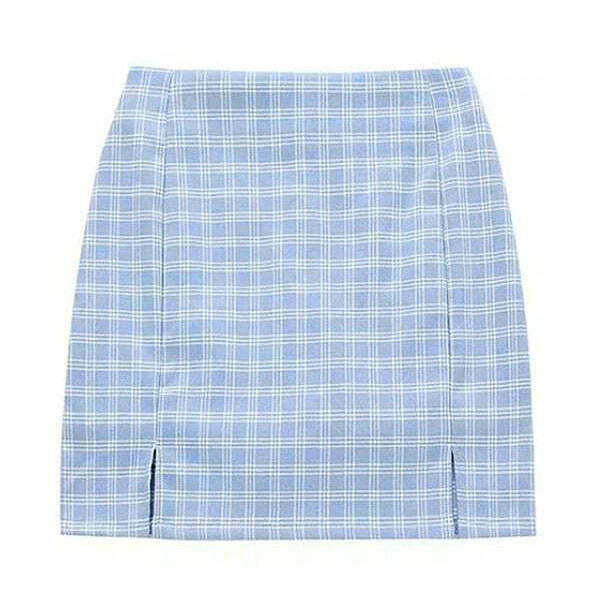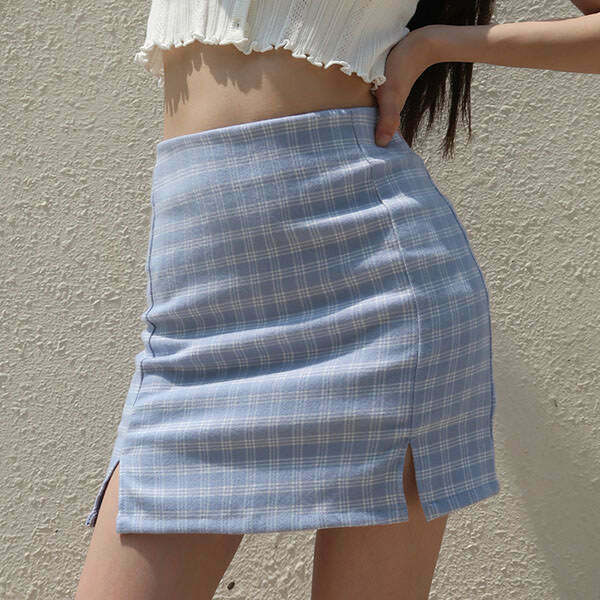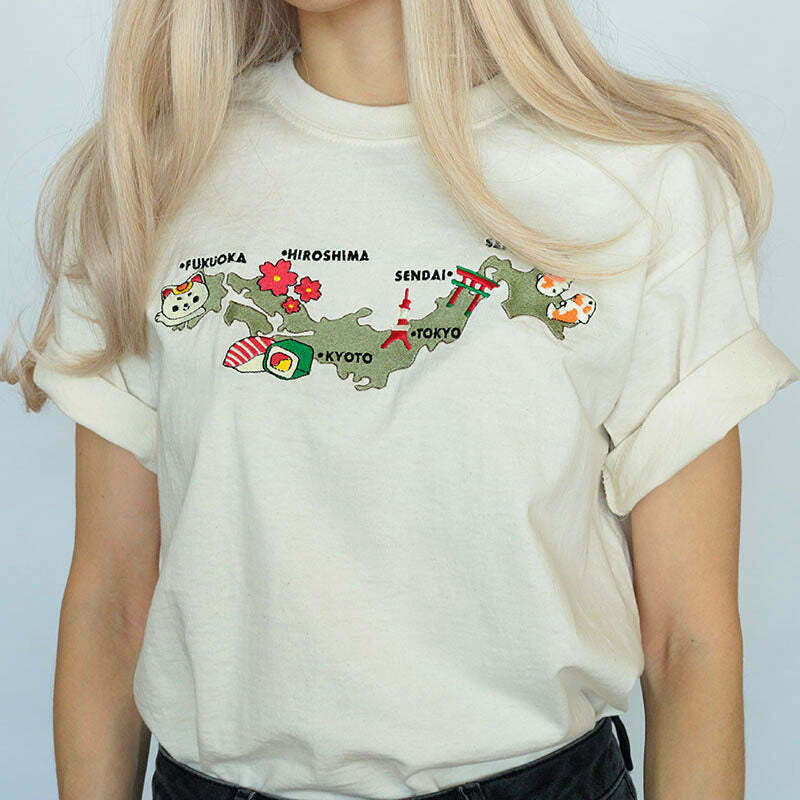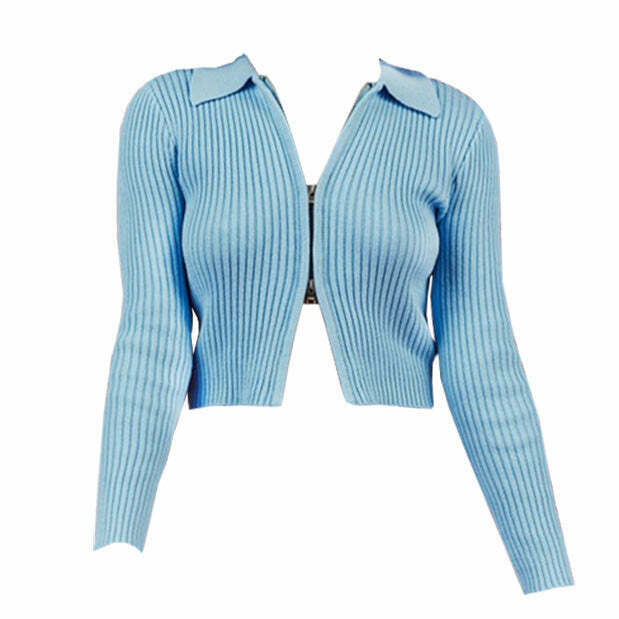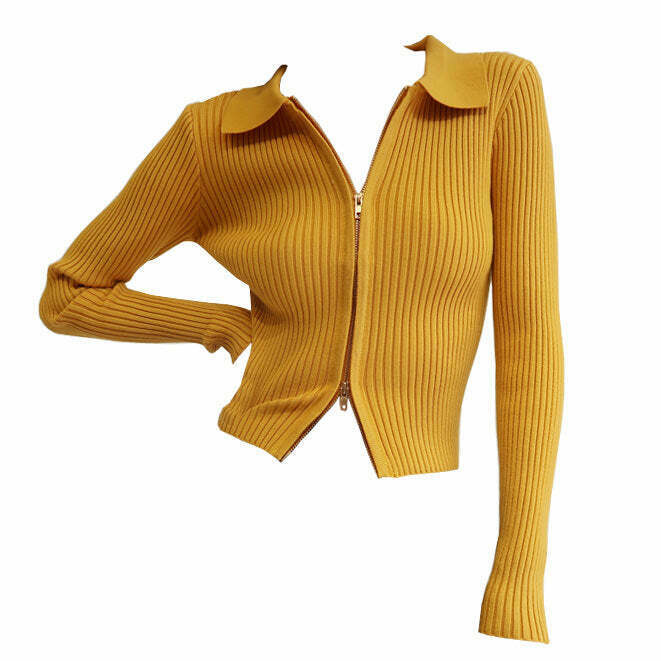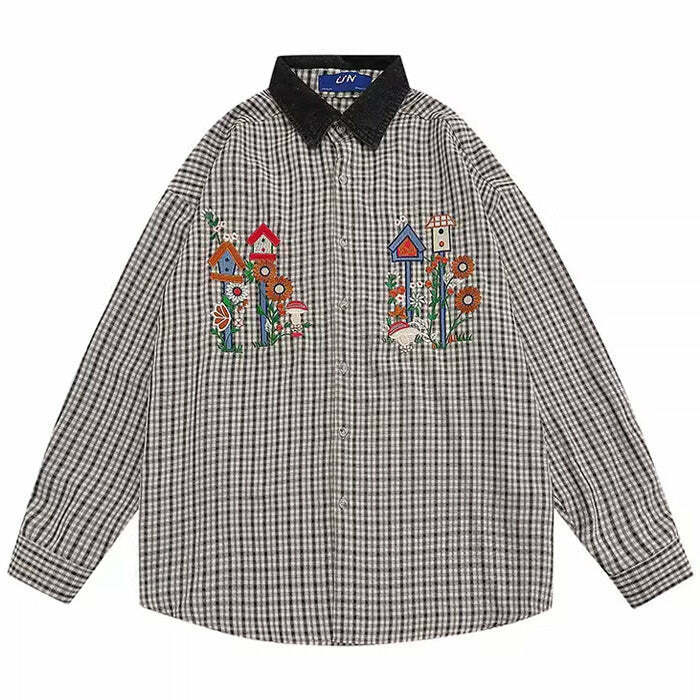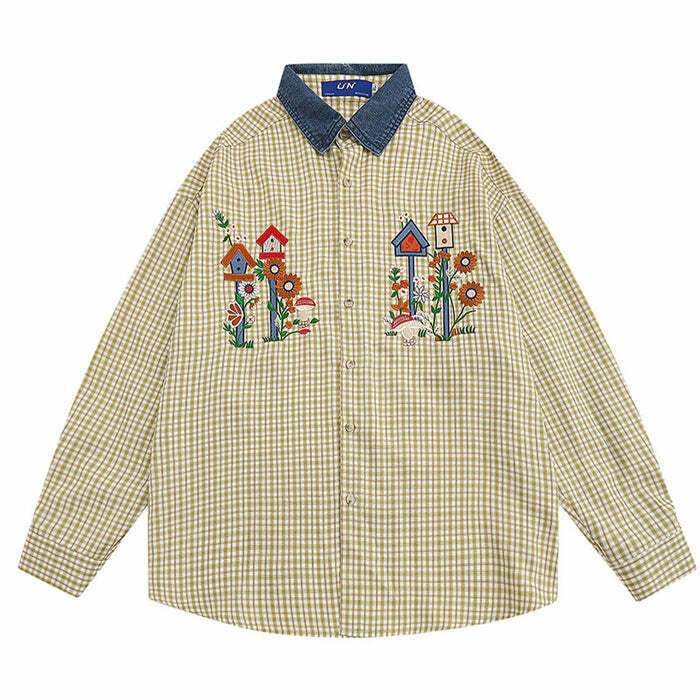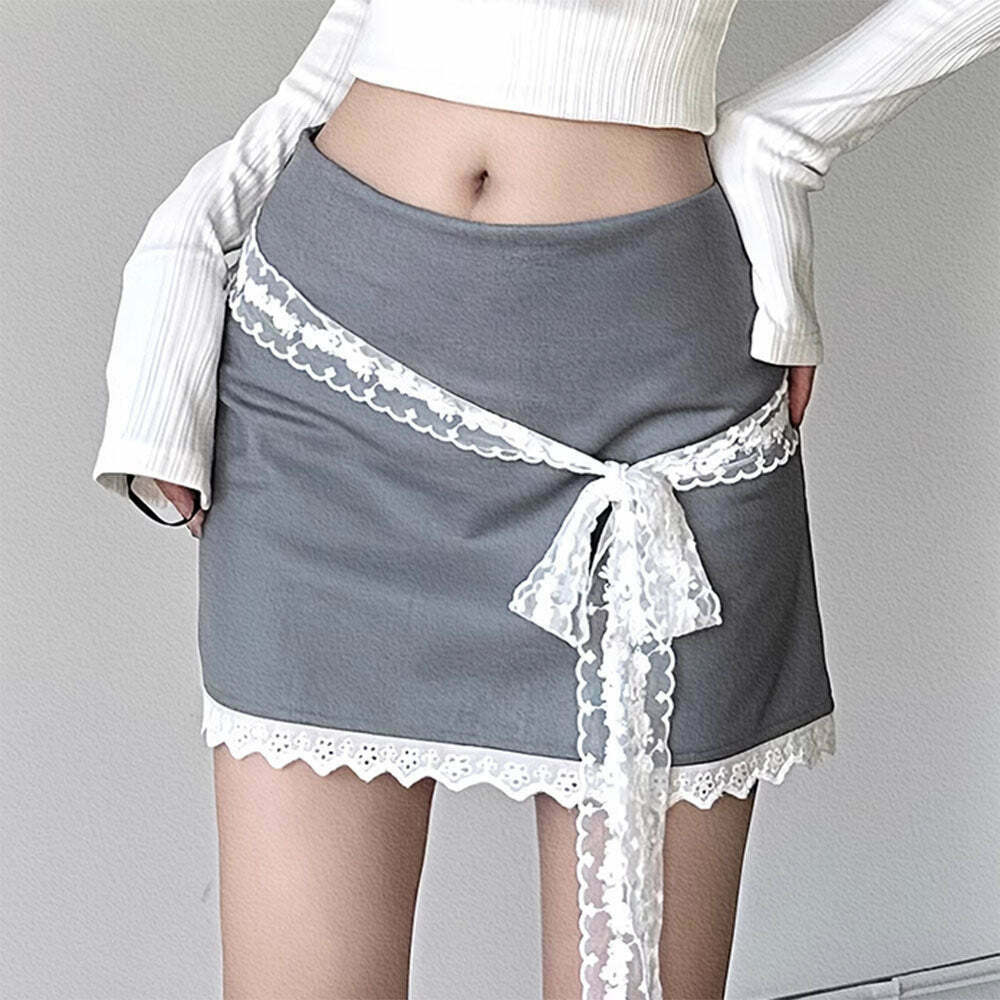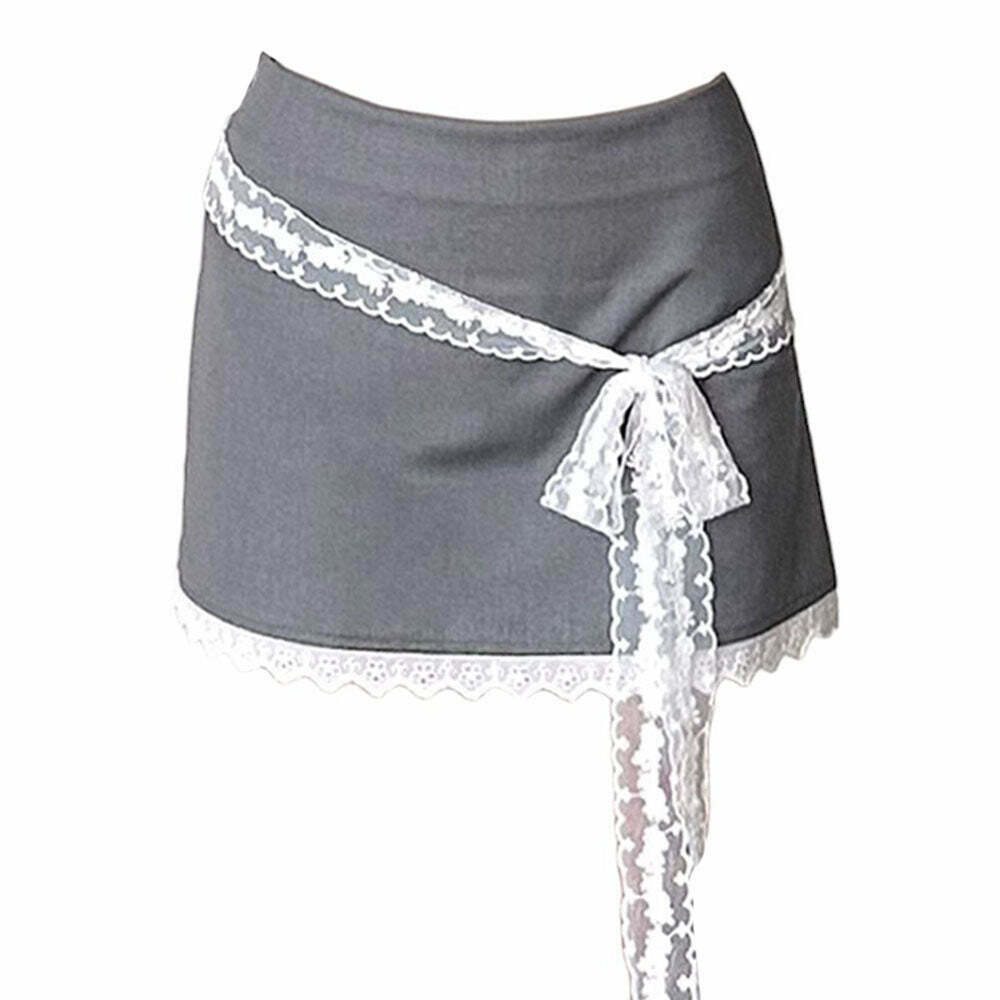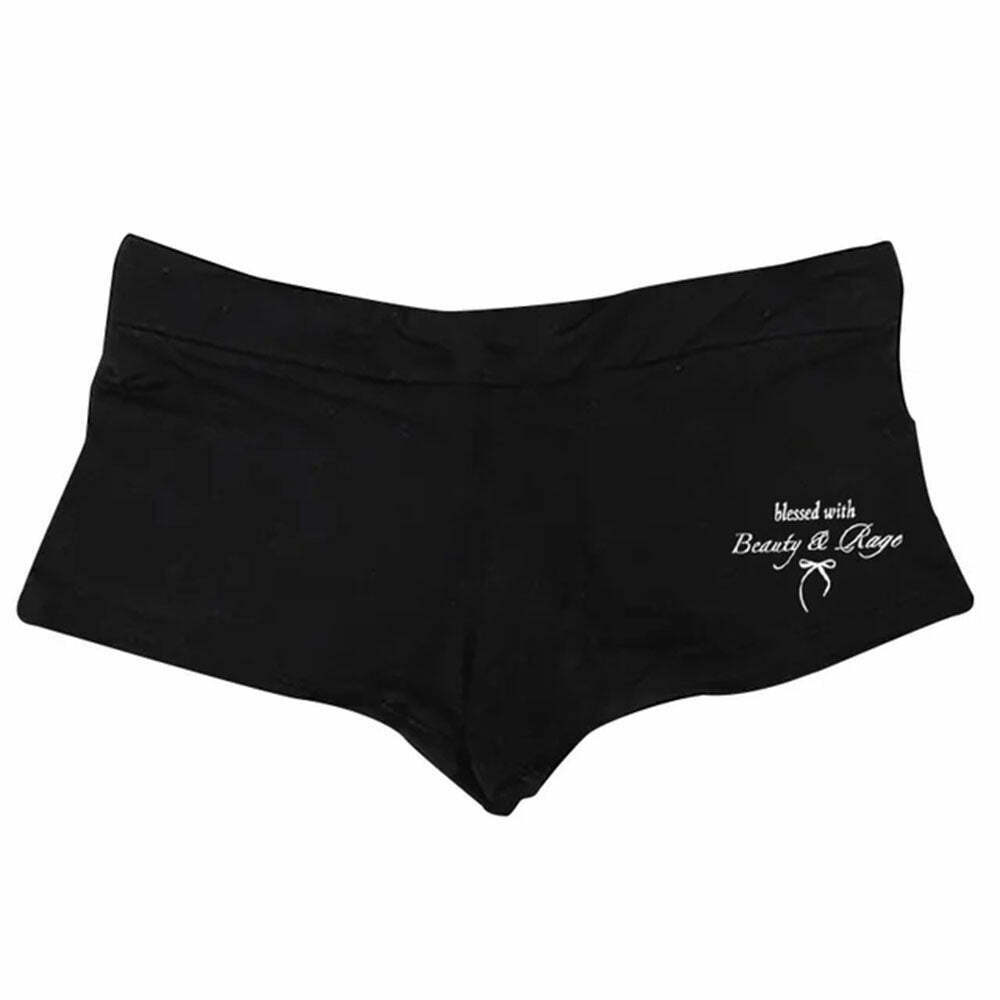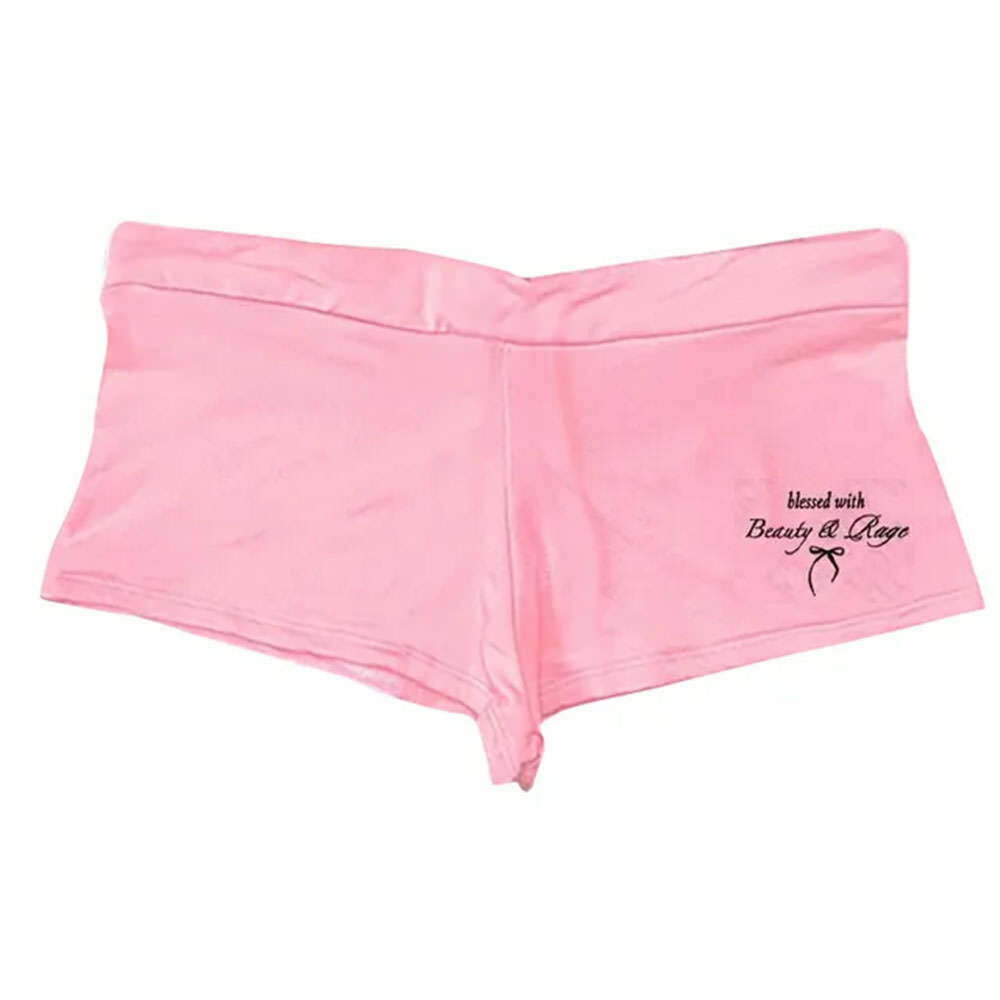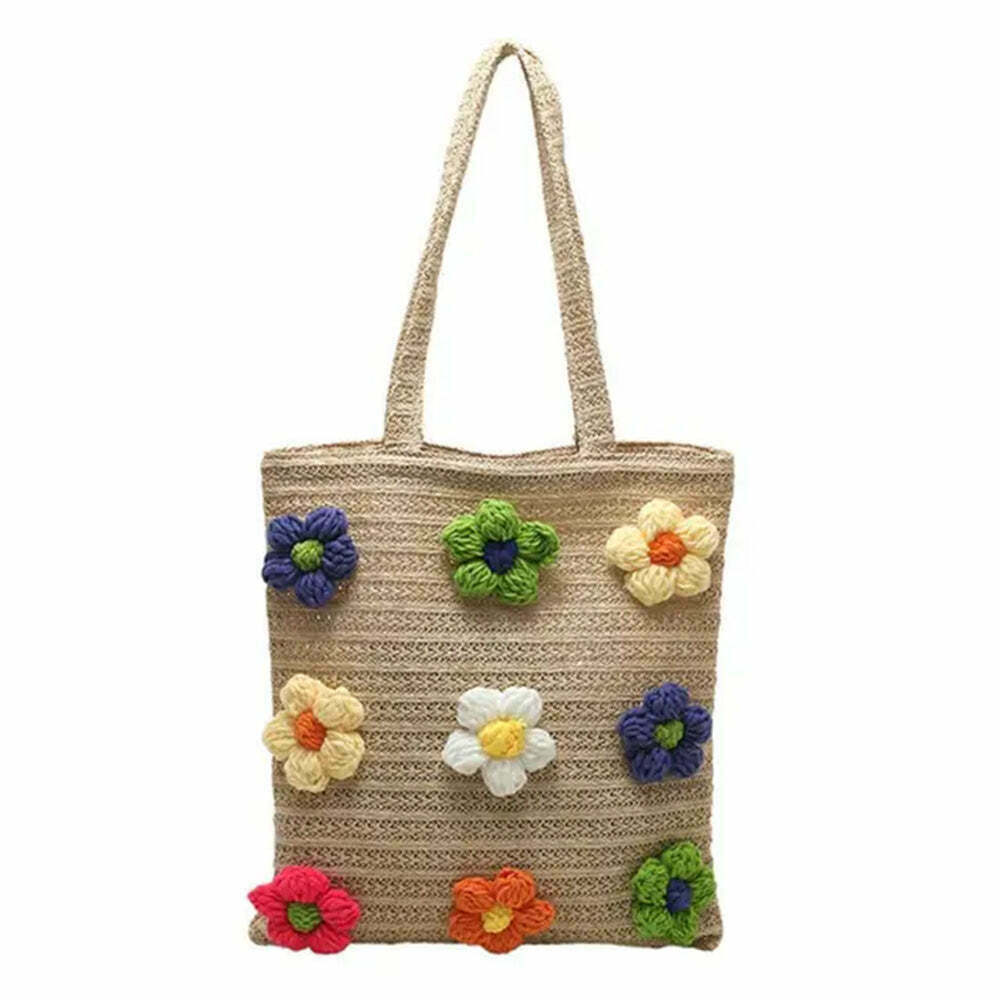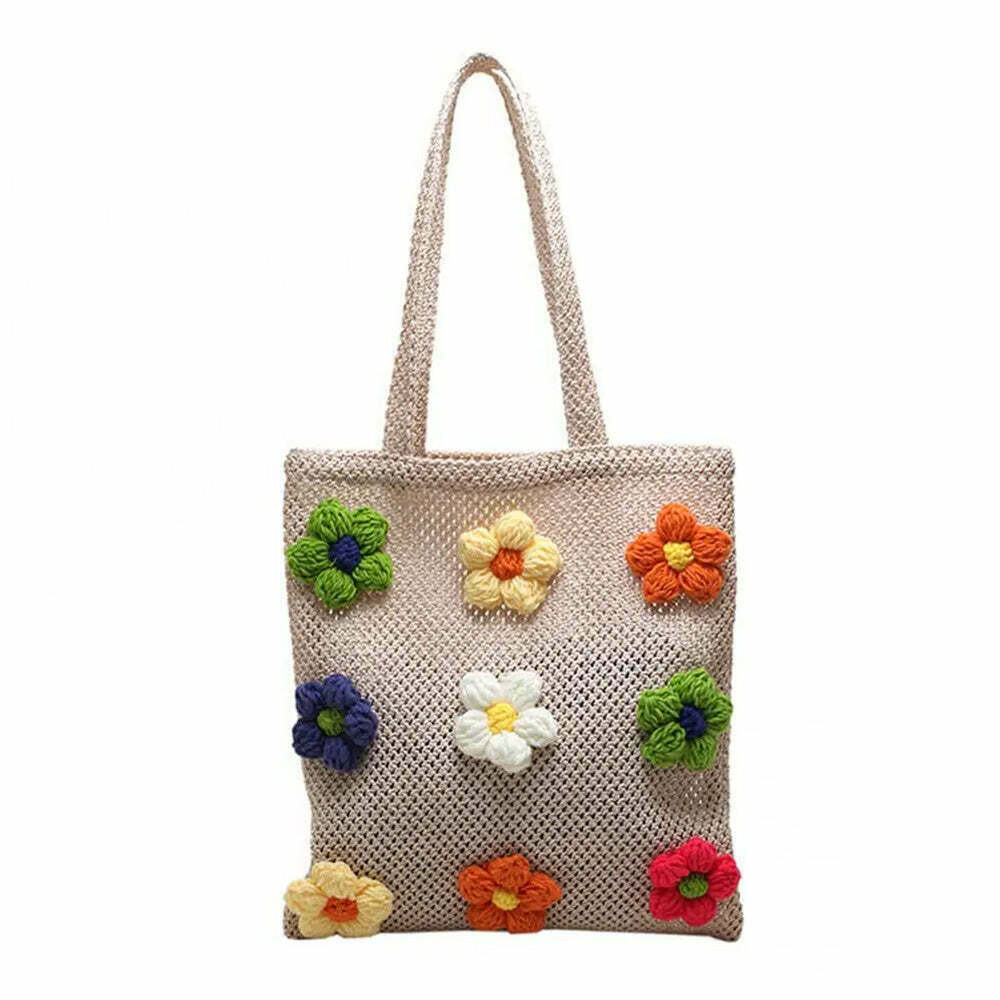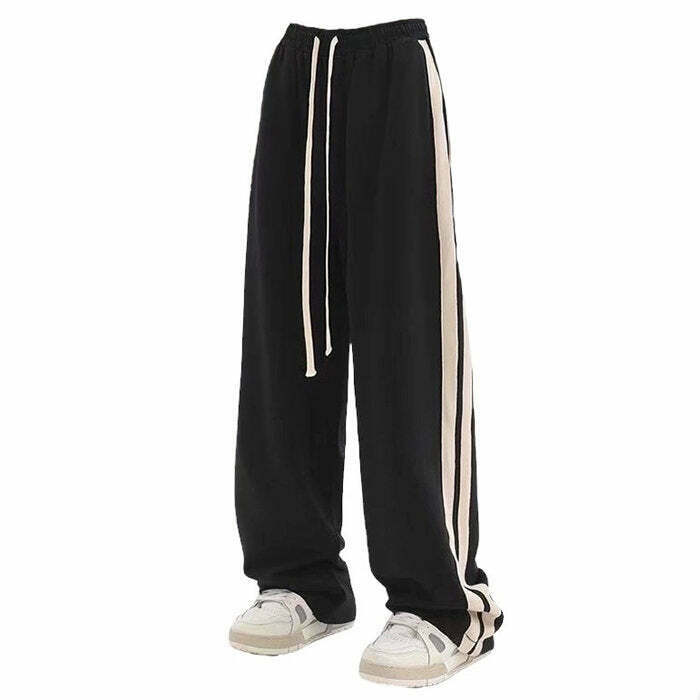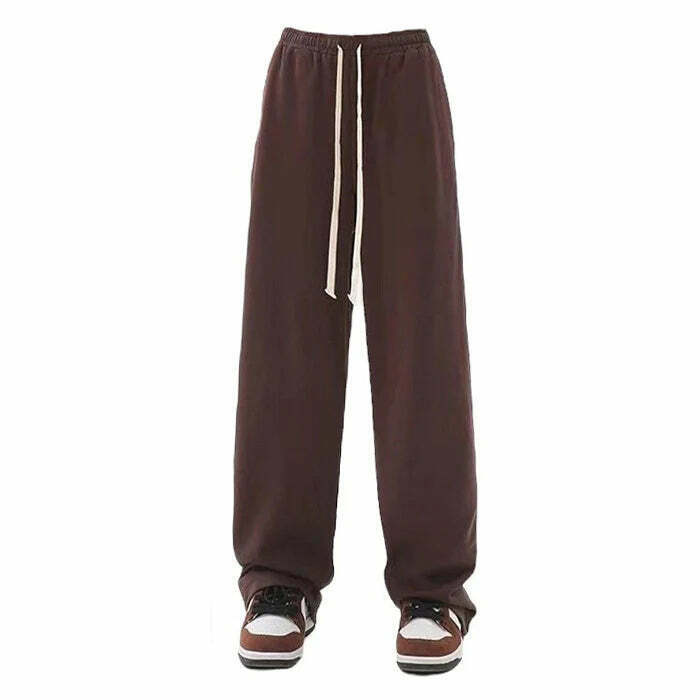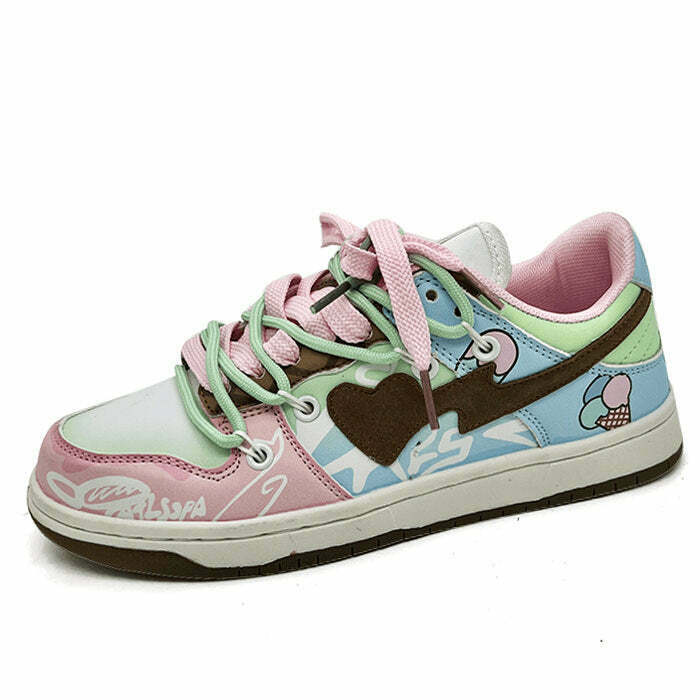y2k Fashion Style
10 Essential Ski Fits for an Unforgettable Winter Adventure
10 Essential Ski Fits for the Perfect Winter Adventure
As winter descends and the mountains become blanketed in powder, finding the perfect ski fit is essential for both comfort and performance on the slopes. Whether you’re a seasoned skier or just starting out, the right gear can make a world of difference in your experience. In this listicle, well explore 10 essential ski fits that every skier should consider to enhance their winter adventure. From boots to jackets, these ski fits will keep you warm, stylish, and ready to conquer the slopes!
The Importance of Proper Ski Boots
Proper ski boots are crucial for control and comfort on the slopes. When skiing, your boots serve as the primary connection between you and your skis, affecting your ability to maneuver and respond to changing terrain. A good fit can prevent injuries such as sprains and breaks, while also enhancing your overall performance.
- Ensure a snug fit without pinching or excessive pressure.
- Consider heat-moldable liners for a custom fit.
- Check for proper flex according to your skiing style and ability.
Choosing the Right Ski Length
The length of your skis affects both stability and maneuverability. Shorter skis are generally easier to turn and are ideal for beginners, while longer skis provide better stability at high speeds and are suited for advanced skiers. When selecting the right size, consider your height, weight, and skiing style.
| Skill Level | Recommended Ski Length |
|---|---|
| Beginner | Below chin height |
| Intermediate | Chin to nose height |
| Advanced | Nose to forehead height |
Investing in Quality Ski Socks
Ski socks are often overlooked, but investing in a good pair can keep your feet warm and dry throughout the day. Quality ski socks are designed with moisture-wicking materials that prevent blisters and discomfort. Look for socks with cushioning in key areas and ensure they fit well without sagging or bunching up inside your boots.
- Choose socks made from merino wool or synthetic blends for warmth and moisture control.
- Avoid cotton socks, as they retain moisture and can lead to cold feet.
Layering for Maximum Warmth
Layering is essential for maintaining body heat while allowing for flexibility and movement on the slopes. The best layering techniques involve three main layers: a moisture-wicking base layer, an insulating middle layer, and a waterproof outer layer. This system enables you to adjust your clothing according to changing weather conditions.
- Base Layer: Opt for thermal tops and bottoms that wick moisture away from your skin.
- Insulating Layer: Fleece or down jackets help trap body heat.
- Outer Layer: Choose a waterproof and breathable ski jacket to protect against wind and snow.
Finding the Right Ski Helmet Fit
Safety is paramount when skiing, and choosing a ski helmet that fits snugly and comfortably is essential for optimal protection. A properly fitting helmet should sit level on your head without any gaps between the helmet and your forehead. Make sure its adjustable and test it with a slight shake of your headthere should be no movement.
- Look for helmets with adjustable vents for temperature control.
- Consider models with built-in audio systems for added entertainment on the slopes.
Selecting the Best Ski Goggles
Ski goggles are crucial for protecting your eyes from harmful UV rays and wind. A good pair will enhance visibility in varying light conditions, which is vital for safety and performance. Look for goggles that fit well with your helmet and provide a wide field of vision. Anti-fog lenses are also a must for clear vision throughout your skiing day.
| Lens Type | Best Conditions |
|---|---|
| Dark Tint | Bright sunny days |
| Yellow/Gold Tint | Low-light or cloudy conditions |
The Role of Ski Bindings in Fit
Ski bindings play a critical role in your overall ski fit, connecting your boots to your skis. They should be adjusted according to your skiing style, weight, and ability to ensure they release when necessary to prevent injury during falls. Properly set bindings will enhance your performance and safety, allowing for better control on the slopes.
- Regularly check and adjust your bindings before each ski season.
- Consult with a professional if you’re unsure about the correct settings.
Finding a Comfortable Ski Jacket
Your ski jacket needs to be both waterproof and breathable. Look for jackets that feature a waterproof membrane and sealed seams to keep you dry in snowy conditions. Additionally, consider jackets with adjustable hoods, cuffs, and hem for a customizable fit that maximizes comfort and warmth while skiing.
- Choose jackets with ventilation zippers for added airflow during warmer days.
- Insulation type matters; synthetic insulation is typically better for wet conditions.
Choosing the Right Ski Pants
Ski pants should keep you warm and dry while allowing freedom of movement. Look for options that are waterproof, breathable, and insulated. Features like reinforced cuffs and adjustable waistbands can enhance fit and durability, ensuring youre comfortable throughout your skiing adventures.
- Consider the fit: loose for freeriding or slim for racing.
- Check for internal gaiters that prevent snow from entering your pants.
Accessories That Complete Your Ski Fit
Accessories are essential for rounding out your ski outfit for maximum comfort and style. Items like gloves, neck gaiters, and base layers make a significant difference in your overall experience. Quality gloves or mittens should be insulated and waterproof, while a neck gaiter provides warmth and protection against the cold.
- Choose gloves with touchscreen capability for convenience.
- Invest in moisture-wicking base layers to stay dry and comfortable.
Finding the perfect ski fits can transform your winter adventures into exhilarating experiences on the slopes. By investing in the right gear, you’ll ensure comfort, safety, and performance while skiing. So, gear up with these essential ski fits and hit the slopes with confidence! Don’t forget to share your favorite ski fits in the comments below and let us know what works best for you. Happy skiing!
Key Takeaways
- Proper ski boots are essential for control and performance.
- Choosing the right ski length can enhance your stability.
- Quality ski socks prevent discomfort and cold feet.
- Layering helps maintain warmth and flexibility.
- Safety gear, including helmets and goggles, is paramount for an enjoyable experience.
FAQs Section
What size ski boots should I buy?
It’s important to get measured at a ski shop, but generally, your ski boot size should be about 1 to 1.5 sizes smaller than your regular shoe size.
How do I know if my ski helmet fits properly?
Your helmet should fit snugly without being too tight, and it should sit level on your head with no gaps.
Can I wear regular socks while skiing?
No, avoid wearing regular cotton socks as they can retain moisture. Invest in specific ski socks instead.
How often should I adjust my ski bindings?
Bindings should be checked and adjusted annually or whenever your skiing style, weight, or ability changes.
What should I look for in ski goggles?
Ensure they fit well with your helmet, offer anti-fog features, and come with interchangeable lenses for different light conditions.

